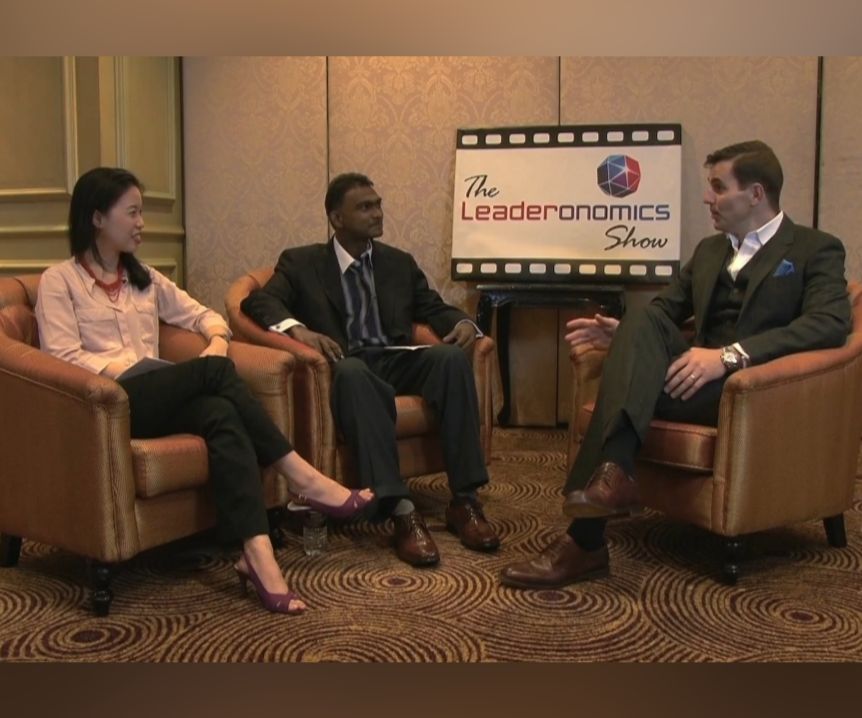Spiderman And The Avengers Show Us That Pains Do Lead To Gains

My favourite superhero of all time is the Amazing Spiderman. Early in his life, he loses both his parents and is adopted by Uncle Ben and Aunt May.
As a young man, Peter Parker goes through a tumultuous time. He is a Grade A 'geek' Being skinny and weak, he is constantly bullied by high school jock Flash Thompson.
Even after Peter is bitten by a radioactive spider and gets super powers, his pain lingers. His Uncle Ben dies partly due to his lack of 'taking responsibility' to stop a crime and later his girlfriend Gwen Stacy’s father, New York City Police detective captain George Stacy, is accidentally killed during a battle between Spiderman and Doctor Octopus (Issue #90, Nov. 1970).
Gwen, the love of his life and the one person he truly loves dies too when the Green Goblin throws her off the tower of a bridge (Issue #121 June 1973). What is more painful for Peter is the autopsy of her death concluding that:
“It saddens us to say that the whiplash effect she underwent when Spiderman’s webbing stopped her so suddenly was, in fact, what killed her.”
Parker was a man constantly in pain. Yet, in spite of the constant pain and suffering throughout his life, he somehow succeeded in never letting it distract him from his mission and goal in life – helping everyone.
Interestingly, the same scenario plays out with each of the Avengers. In fact, almost every superhero in the Marvel universe went through some form of trauma and suffering before morphing into a mighty being.
Captain America had to overcome the loss of his buddy 'Bucky', whose death he felt personally responsible for.
Hawkeye, born Clint Barton, lost his parents at a young age and was in an orphanage for six years before running away. He was beaten and left for dead when he caught his mentor The Swordsman embezzling money and later, in his first superhero outing, he was falsely accused of being a criminal. These traumatic moments could easily have swayed Hawkeye, but he persevered and soldiered on.
The Hulk, Natasha Romanoff aka the Black Widow, and Iron Man Tony Stark have different stories but each had numerous traumatic and painful moments in the early part of their lives that defined who they became.
As I read the development of these superheroes, a startling realisation dawned on me – suffering and pain seemed to be a prerequisite for their success. Is this the same in real life?
Suffering precedes success
As I researched this equation, with little faith of finding research backing this hypothesis, I was surprised to find more than two decades of research from Warwick in England to The University of North Carolina postulating that the majority of trauma survivors report “some degree of positive change.”
I can attest to this fact too – most of the great influential leaders that I have come across have one commonality – they have gone through much suffering and pain in their lives. And this pain has not in any way detracted them but rather has made them better leaders.
Interestingly, millions of successful people have built 'successful empires' from the ashes of defeat. Soichiro Honda’s workshop and factory was totally destroyed in the war. He rebuilt. Again a bomb destroyed his factory. He built it again.
Countless times, bad luck sought him. Yet, each encounter with 'bad karma' enabled him to rebuild better. Honda never took his pain and suffering as defeat but rather an opportunity to start again.
In the book Leadership Pain, Dr. Sam Chand says, “There is no growth without change, no change without loss, and no loss without pain. Bottom line: if you’re not hurting, you’re not leading.” So, is pain a prerequisite for good leadership?
Pain and suffering
Why is pain and suffering so powerful in the leadership journey? CS Lewis states:
“We can ignore even pleasure. But pain insists upon being attended to. God whispers to us in our pleasures, speaks in our consciences, but shouts in our pains. It is his megaphone to rouse a deaf world.”
According to Lewis, we get clarity in pain. When in pain, our priorities become clear. We see the world with different lenses. Pain helps us hear our deep convictions.
Leadership usually begins in solitude and reflection. It begins with a clear vision for ourselves. Pain enables us to achieve this state.
Wes Furlong, in his article What Makes a Leader Truly Inspiring? wrote, “It’s the personal narrative behind their leadership that makes the difference. Inspiring leadership is undeniably biographical.
'Why' they lead and 'where' they’re going is firmly embedded in what has happened to them. We see the transformation in their lives and the vision that rises from their struggle and find ourselves resonating with their story and joining their journey from what is to what should be.
We may hate to admit it but our painful experiences define us. If you have a conversation with billionaires, they will tell you about the many sleepless nights they had working through issues. All great leaders I have interviewed tell me about their mistakes and the painful interventions they had to take to become the leaders they are today.
And every weekend when I get onto the football pitch, I recount the numerous horrendous training sessions, abuse and corrections from my coaches I went through to get here. The life stories of many successful men and women are showered with painful experiences.
Finally, the word 'pain' has its roots in the word 'passion'. Interestingly, whenever I meet great CEOs and leaders, they all have a sense of passion about what they do and the organisations they lead.
Many CEOs’ passion came from their hope of transcending pain and overcoming suffering. Howard Schultz’s passion for building Starbucks came from seeing his father’s painful death. Honda’s passion was ignited after being rejected by Toyota. You too may find your passion through pain.
Embracing pain
Clearly, pain is an important component of leadership. My son constantly reminds me, “no pain, no gain”. The problem is most of us are hardwired to avoid pain at all costs.
Pain, suffering, problems and risks are something we run away from, not toward. It is much easier to hear about other people’s pains and rejoice in their successes but when it comes to us, we prefer to back down.
It is very natural for all of us to avoid getting hurt, yet we cannot become a better leader without some body blows. As our natural inclination is to avoid pain, maybe we can learn from The Avengers and how they embraced pain.
Each of The Avengers, from Black Widow to Captain America had to endure tremendously painful life episodes. Yet instead of wilting and running away, they reframed their beliefs.
This powerful methodology of believing that pain is good enabled them to continue their growth process, both as individuals and later going through more initial painful episodes as a team before embracing the pain of working together.
The starting point of embracing pain is to rewire our beliefs on pain. If we believe pain and suffering are negative elements, we end up with a clear agenda to avoid it. However, if we reframe our belief that every suffering that you go through gives you new lessons, we view pain positively.
Suffering also yields new experiences that will later enable us to understand situations and connect the dots better, both in our personal lives and in business. Pain is a means to achieving our potential. It prepares us for bigger and better opportunities that will come our way. Like gold being refined, our pain and suffering are refining us to our sparkling best.
Another way is to stack all our painful experiences upfront. Behavioural scientists have discovered that an effective way to create a pleasurable experience is to ensure that the painful parts of the experience are arranged at the start of it.
For example, if you are having a conversation with a customer, start with the bad news and finish on a high and the meeting will be a success. The same thing happens with us andour suffering. Suffer as much upfront and the entire painful episode may end up being viewed positively by the world.
Final thoughts
How does this apply to you? Think about the trials and suffering in your life right now. Are you struggling? Do you feel like backing off and running away from them? That would be the easiest thing to do.
The better thing to do is to reframe your thinking about that. Will you be able to learn lessons from them? Will going through them make you a better person? Will this turbulent time in your life enable you to be refined as gold is when it is burnt?
If so, fight on and keep embracing the pain. After all, if Spiderman and The Avengers managed to become better superheroes by going through the fires of pain, surely you will become a better leader if you too embrace the joys of suffering. Suffer on!
To the dungeon!
Leadership
Tags: Foundational Leadership, Emerging Leadership, Crucible Moments, Stress & Trauma
Roshan is the Founder and “Kuli” of the Leaderonomics Group of companies. He believes that everyone can be a leader and "make a dent in the universe," in their own special ways. He is featured on TV, radio and numerous publications sharing the Science of Building Leaders and on leadership development. Follow him at www.roshanthiran.com





